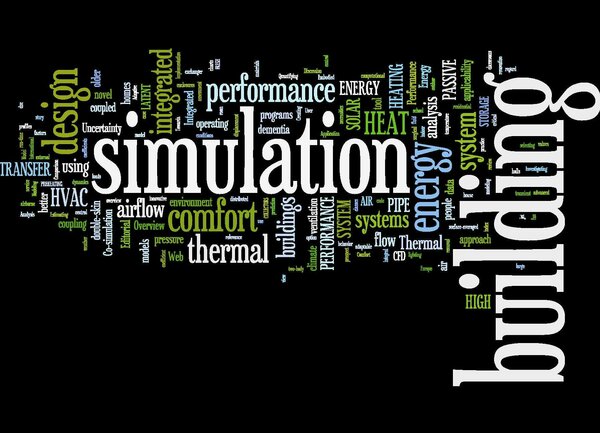
Given the (increasing) complexity of energy/environmental systems, computer modelling and simulation is emerging as a viable approach to design and performance evaluation. As a follow-up to the above pre-requisite course, this class aims to present the state-of-the-art regarding the theoretical and operational principles underlying this new technology. By a series of (oral and self-study) lectures the class introduces the concepts, assumptions and limitations which underlie the state-of-the-art methods currently used to appraise the environmental performance of buildings. The practical work is designed to demonstrate theoretical concepts introduced in the lectures, and to gain practical 'hands-on' experience in using this new technology.
Learning objectives
After completion of the course the students will:
- appreciate that building environments are the result of a complex integration between various sub-systems;
- have a thorough understanding of the role computer simulation can have in addressing this complexity;
- be aware of the theoretical and operational principles underlying state of the art building performance simulation software;
- possess practical skills in using the technology in a building and systems design support context.